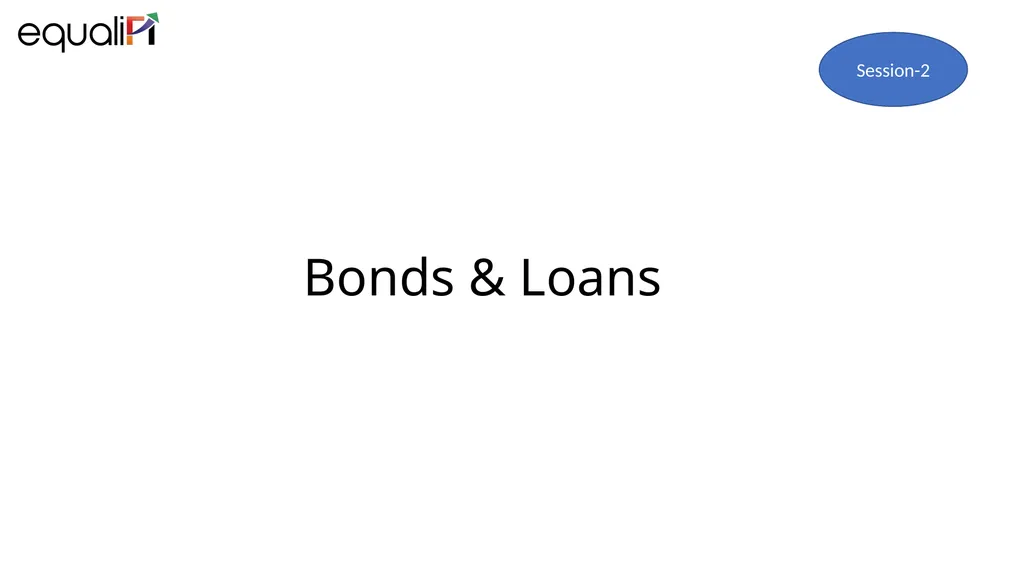
Author : alida-meadow | Published Date : 2025-05-16
Description: Session-2 Bonds Loans Brainstorming on HPR You purchased a stock for INR 50 per share. Over a period of one year, you receive dividend of INR 2 per share. At the end of the end of the year, you sold stock at INR 60 per share. CalculateDownload Presentation The PPT/PDF document "" is the property of its rightful owner. Permission is granted to download and print the materials on this website for personal, non-commercial use only, and to display it on your personal computer provided you do not modify the materials and that you retain all copyright notices contained in the materials. By downloading content from our website, you accept the terms of this agreement.
Here is the link to download the presentation.
"Session-2 Bonds & Loans Brainstorming on HPR You"The content belongs to its owner. You may download and print it for personal use, without modification, and keep all copyright notices. By downloading, you agree to these terms.













